Adobe Photoshop - Lesson Six
Expand your design horizons by learning how Photoshop is used in graphic design. This 4-5 hour lesson focuses on creating a professional-grade podcast cover image, using a blend of typography, vector shapes, and images to capture the essence of your podcast's theme.
Key learning outcomes:
• Work with typography and vector shapes in Photoshop
• Understand design principles for effective layouts
• Master layer styles for creating eye-catching effects
• Learn to use artboards for multi-design projects
• Create and manipulate vector shapes
• Apply non-destructive editing techniques
We'll start by setting up a new document with the appropriate settings for a podcast cover image, introducing you to working with artboards. You'll learn how to create and manipulate vector shapes, an essential skill for logo design and creating custom graphical elements.
Throughout the lesson, you'll master typography in Photoshop, learning how to add and style text for maximum impact. We'll cover important design principles like hierarchy, contrast, and balance, ensuring your designs communicate effectively.
You'll also dive deep into layer styles, learning how to create eye-catching effects that can be easily modified or reused. We'll explore advanced selection techniques, including the Subject Select tool, and how to refine masks for precise control over your designs.
The lesson will cover creating custom gradients and using them effectively in your designs. You'll also learn how to work with Smart Objects, which allow for non-destructive editing and easy updates to your design elements.
By the end of this lesson, you'll have created a professional-looking podcast cover image and gained skills that apply across all areas of graphic design. More importantly, you'll understand how to approach design projects systematically, from initial concept to final export.
This lesson aligns with several key objective domains for the Adobe Certified Professional exam, including:
1.5 Demonstrate knowledge of basic design principles and best practices employed in the design industry.
2.1 Create a document with the appropriate settings for web, print, and video.
2.3 Use non-printing design tools in the interface to aid in design or workflow.
2.5 Manage colors, swatches, and gradients.
3.1 Use layers to manage design elements.
3.2 Modify layer visibility using opacity, blending modes, and masks.
3.3 Differentiate between and perform destructive or nondestructive editing to meet design requirements.
4.1 Use core tools and features to create visual elements.
4.2 Add and manipulate text using appropriate typographic settings.
4.3 Make, manage, and manipulate selections.
4.4 Transform digital graphics and media.
4.6 Modify the appearance of design elements by using filters and styles.
5.2 Export or save digital images to various file formats.
Don't miss this chance to add versatile design skills to your repertoire. Join us and create professional designs that communicate effectively across all media, from podcast covers to social media graphics. This lesson will equip you with the skills to tackle a wide range of graphic design projects with confidence!

